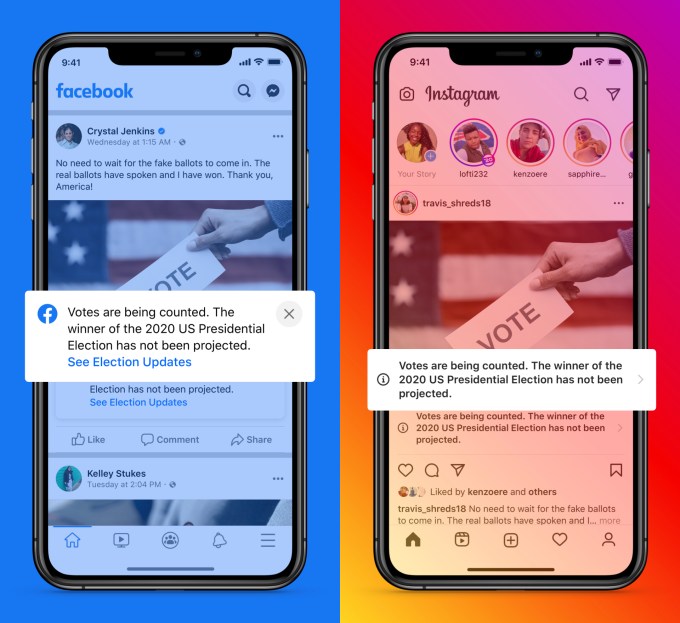Whether space is the final frontier remains to be seen, but it’s certainly the next one as far as we’re concerned. On December 16-17, we’re hosting TC Sessions: Space 2020, a two-day online conference and our first event focused squarely on space technology and the early-stage startups and investors that make it possible.
The future of this industry is wide open, and it’s going to require cultivating a deep bench of visionaries to sustain it. And it starts with affordable access for students eager to turn science fiction into fact. Grab your $50 student pass here and get ready to shift your career into warp speed.
Pro Tip: We offer a range of ticket options for non-students (including discounts for government, military and non-profits). Buy yours before early-bird pricing ends on November 13 at 11:59 pm PT. Also, current Extra Crunch subscribers receive an additional 20 percent discount on passes.
This is your chance to hear from the best and brightest people leading this universal expedition. You’ll meet and engage with engineers, founders, investors, executives, military and government officials.
We’re talking officials like NASA Administrator Jim Bridenstine and Space Command’s General John W. Raymond. We’re talking founders like Relativity Space’s Tim Ellis and Rocket Lab’s Peter Beck. We’re talking investors like Bessemer Venture Partners’ Tess Hatch and SpaceFund’s Meagan Crawford. And that’s just the tip of the rocket, so to speak.
We’re packing the two-day event with top-notch programming. Set coordinates for the main stage for fireside chats and moderated panel discussions. TechCrunch editors ask the tough questions and dig deep on topics like launch services, orbital operations, ground station networks, broadband communications, earth observation data, manufacturing and military operations in space.
Don’t miss the breakout sessions and Q&As. Breakouts let you explore specific topics. Main stage events always generate lots of questions, and the Q&A sessions give the audience a chance to pose questions to speakers who appeared on the main stage.
Searching for a stellar internship or a job that’s out of this world? Ouch. Explore the expo area where you’ll find early-stage space startups and sponsors showcasing their tech and talent.
That brings us to networking. Remember, this virtual conference reaches thousands of people around the world. It’s prime territory for expanding your network — an essential part of startup success. You’ll have free use of CrunchMatch, our AI-powered networking platform.
It makes quick, efficient work out of finding, scheduling and meeting people. Not just any people — people who align with your startup interests. People who can help you build a business or a career. Answer a few quick questions when you register, and CrunchMatch goes to work for you.
We’ll have plenty more to announce over the next two months, so stayed tuned. TC Sessions: Space 2020 blasts off on December 16-17. Don’t wait, buy your $50 student pass today and boldly go!
Is your company interested in sponsoring TC Sessions: Space 2020? Click here to talk with us about available opportunities.




